Different Sleep Apnoea Treatment Options
If you’ve been looking for ways to treat your sleep apnoea, take a look at these different therapies.
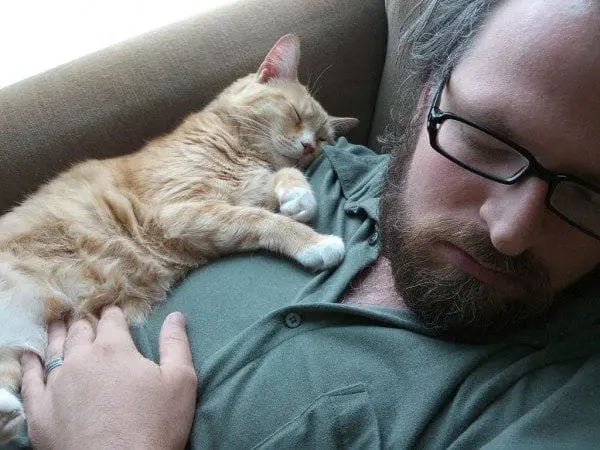
When it comes to milder cases of sleep apnea treatment, doctors tend to recommend lifestyle changes, like quitting smoking and losing weight. And if a patient has nasal allergies, the doctor will recommend appropriate treatment for that. However, if these measures don’t improve your sleep apnoea, there are other treatments available.
Sleep Apnoea Treatment Therapies
1. Continuous Positive Airway Pressure
For patients who suffer from moderate to severe sleep apnoea, CPAP machines may offer relief in that they deliver air pressure through a mask that is placed over just the nose or the entire face while you sleep. With a CPAP machine, the air pressure tends to be better than that of the surrounding air and will be just the right amount to keep the upper airway passages open to prevent snoring and apnoea.
While this is one of the most reliable and common sleep apnea treatment options, some people do find it fairly cumbersome and uncomfortable. But with a little practice, you can learn to adjust the strap’s tension to get a secure fit. Some people may also need to try more than one kind of mask to find the perfect fit. Others benefit from using a humidifier along with the CPAP system.
2. Different Airway Pressure Devices
If CPAP is just too uncomfortable or simply doesn’t work for you, you could use different kinds of airway pressure devices that automatically adjust the pressure while you are asleep. These types of devices supply bi-level positive pressure so you can get more pressure when you inhale and less when you exhale.
3. Expiratory Positive Airway Pressure
EPAP devices are small, single-use devices that cover each nostril while you sleep. The valve then allows air to move freely in and as you exhale, the air goes through the small holes in the valve. This tends to increase air pressure in the airway, keeping it open. These devices can also help to reduce daytime sleepiness and snoring in people who experience mild obstructive sleep apnoea.
4. Oral Appliances
Another sleep apnoea treatment is to wear an oral appliance that helps to keep the throat open. They may be easier for people who struggle with CPAP machines. Some oral appliances are designed to open the throat by bringing the jaw forward, this can help relieve mild obstructive sleep apnoea and snoring.
Further Therapies
- Supplemental Oxygen – Using this when sleeping can help if you tend to have central sleep apnoea. Various kinds of oxygen are available along with different devices to help deliver oxygen to the lungs.
- Treatment for associated medical problems – There are various possible causes of central sleep apnoea, such as neuromuscular or heart disorders. Treating these conditions can help.
- Adaptive servo-ventilation (ASV) – This is a newer airflow device that will learn your normal breathing pattern and then store the information in a built-in computer. Once you fall asleep, the machine will use pressure to normalize the breathing patterns and help prevent pauses in your breathing. ASV has proven to be more successful than some other forms of positive airway pressure when it comes to treating complex sleep apnoea in certain people. The goal of the treatment is to help the weak breathing pattern of central sleep apnoea.
Along with the above-mentioned treatments, you may come across several forms of treatments on TV, in magazines or via word of mouth. Always talk to your doctor before trying any treatment to determine the best solution for you.
Similar Posts:
- Top 5 Tips for a Better Sleep
- Five Ways Positive Thinking Boosts Health
- Unearth the Benefits of CBD Edibles for Evidence-based Wellness Care
- Leading Risk Factors Of Tooth Loss And Its Treatment
- 7 Amazing Ways to Use Vapor Rub


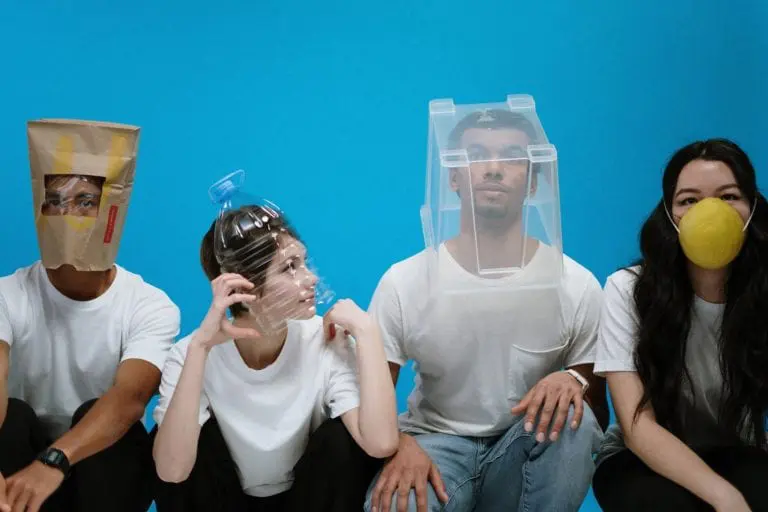
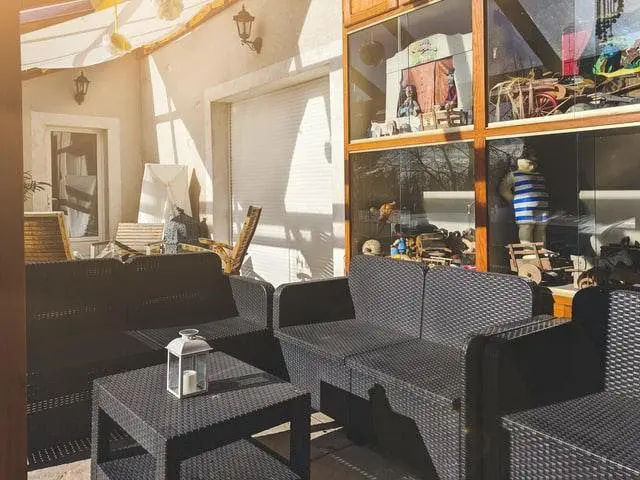


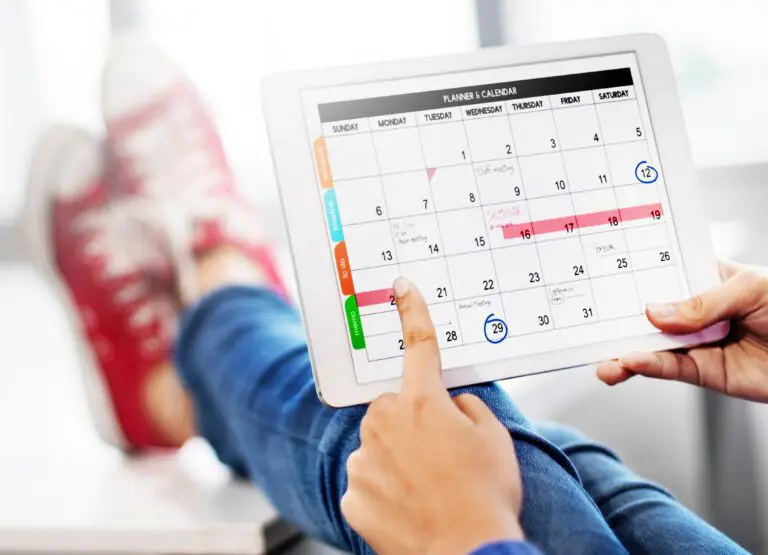
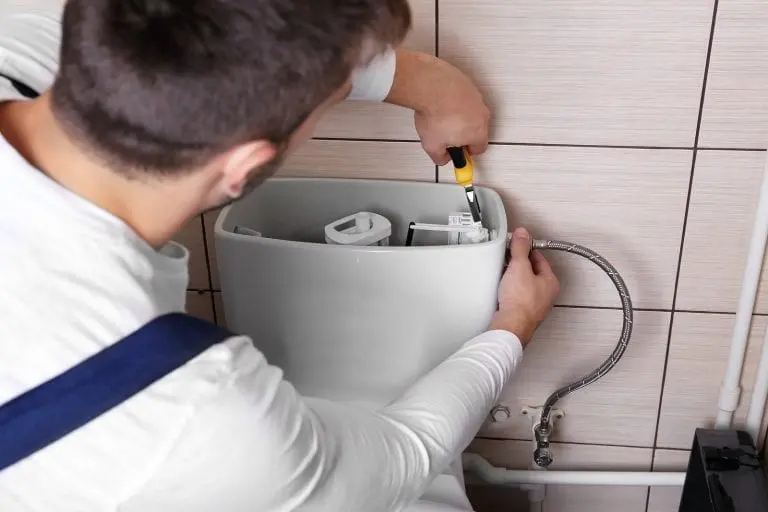


Thanks for explaining some of the treatment options for sleep apnoea. I didn’t realize that there are alternatives to CPAP machines like EPAP devices or other oral appliances. It seems like the best idea would be to speak with your doctor about your concerns so you can develop the best treatment plan.
For me it was definitely all about the mask. I tried a CPAP 3 different times (over the span of a few years… doing a trial, getting frustrated, taking it back) before I found a respiratory therapist who worked with me to try different masks. When I ditched the full face mask in favour of the nasal pillow mask… VOILA!
Thank you for sharing all of these different treatment options for sleep apnoea. I know so many people suffer from it!